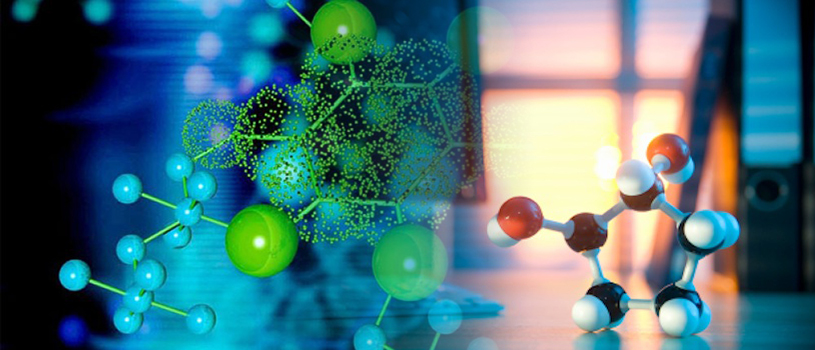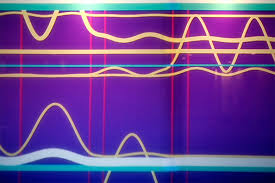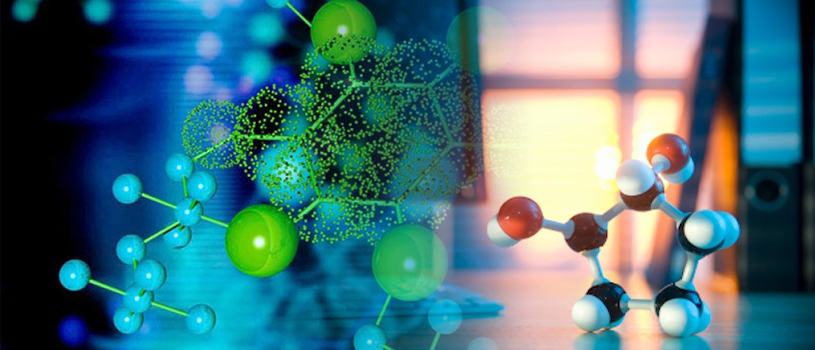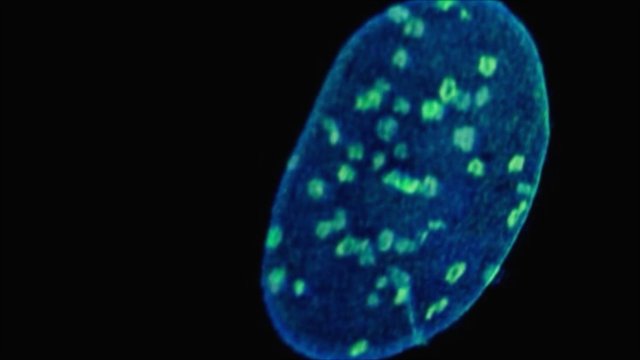
A team of physicists experimentally produces quantum-superpositions, simply using a mirror.

A new way of understanding the structure of proteins, polymers, minerals, and engineered materials will be published in the May 2011 issue of the journal Nature Materials. The discovery by two Penn State University researchers is a new type of symmetry in the structure of materials, which the researchers say greatly expands the possibilities for discovering or designing materials with desired properties. The research is expected to have broad relevance in many development efforts involving physical, chemical, biological, or engineering disciplines including, for example, the search for advanced ferroelectric ferromagnet materials for next-generation ultrasound devices and computers. The paper describing the research will be posted early online by the journal on 3 April 2011, prior to its publication in the journal

Quantum physicists have now achieved controlled entanglement of 14 quantum bits (qubits) and, thus, realized the largest quantum register that has ever been produced. With this experiment the scientists have not only come closer to the realization of a quantum computer but they also show surprising results for the quantum mechanical phenomenon of entanglement.

What’s the News: This week, scientists say that they’ve passed a chemistry milestone by creating the world’s first practical photosynthesis device. The playing-card-sized photosynthetic gadget uses sunlight to split water molecules into oxygen and hydrogen, which can then be used to produce energy, and is reputedly 10 times more efficient than a natural leaf. Researchers …

(PhysOrg.com) -- Scientists from the U.S. Department of Energy

Researchers at Rice University have created a synthetic material that gets stronger from repeated stress, much like the body strengthens bones and muscles

Researchers at the University of Wisconsin, Madison, led by Minrui Yu, have successfully induced nerve cell tendrils to grow through semiconductor tubes

Researchers at the University of Illinois at Urbana-Champaign have developed a three-dimensional nanostructure for battery cathodes that allows for dramatically

(PhysOrg.com) -- In the classical world, information can be copied and deleted at will. In the quantum world, however, the conservation of quantum information means that information cannot be created nor destroyed. This concept stems from two fundamental theorems of quantum mechanics: the no-cloning theorem and the no-deleting theorem.

Picture a metal that

A technique to image living cells in action, in an unprecedented mix of detail in both time and space, is described by researchers.